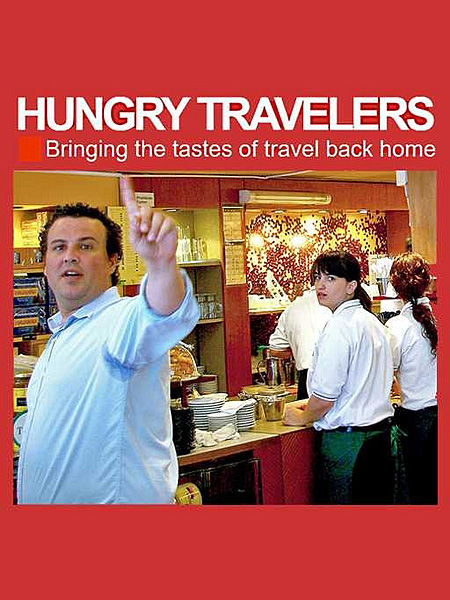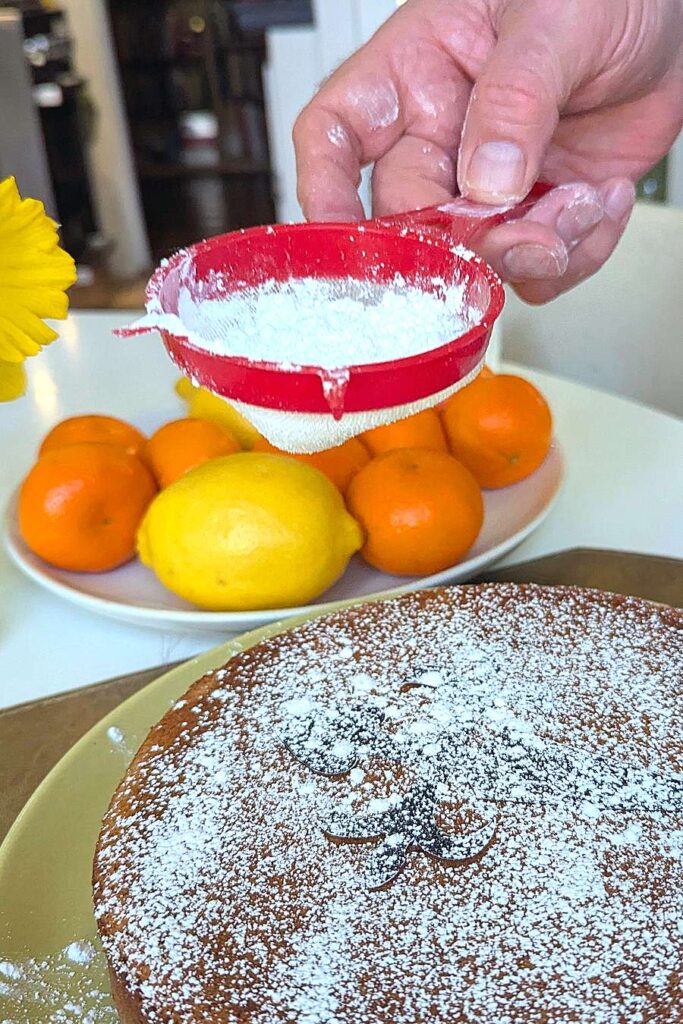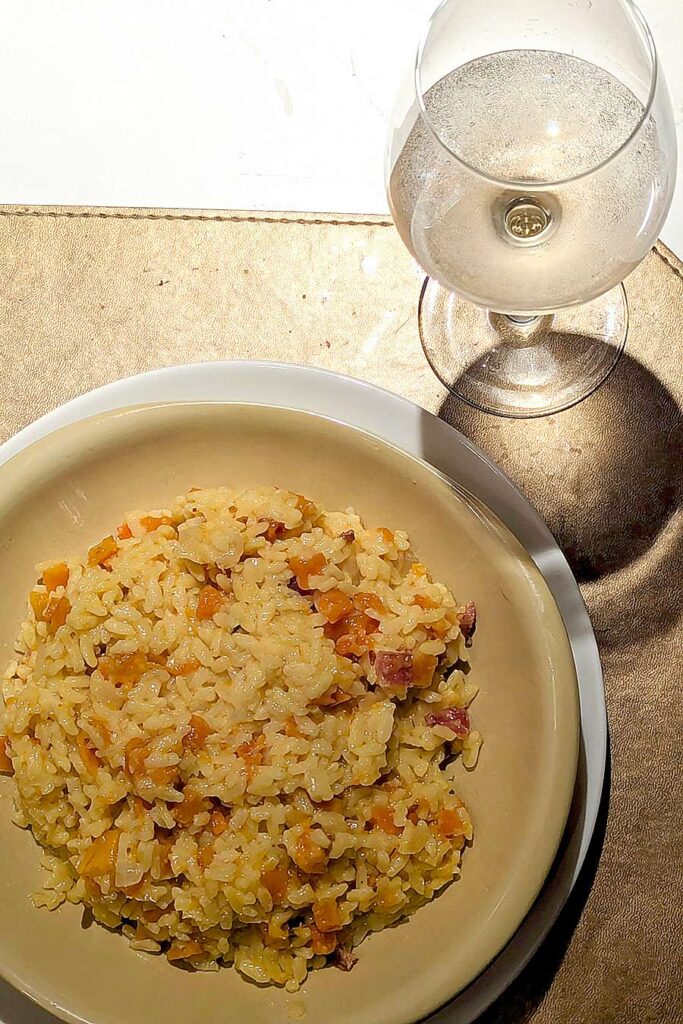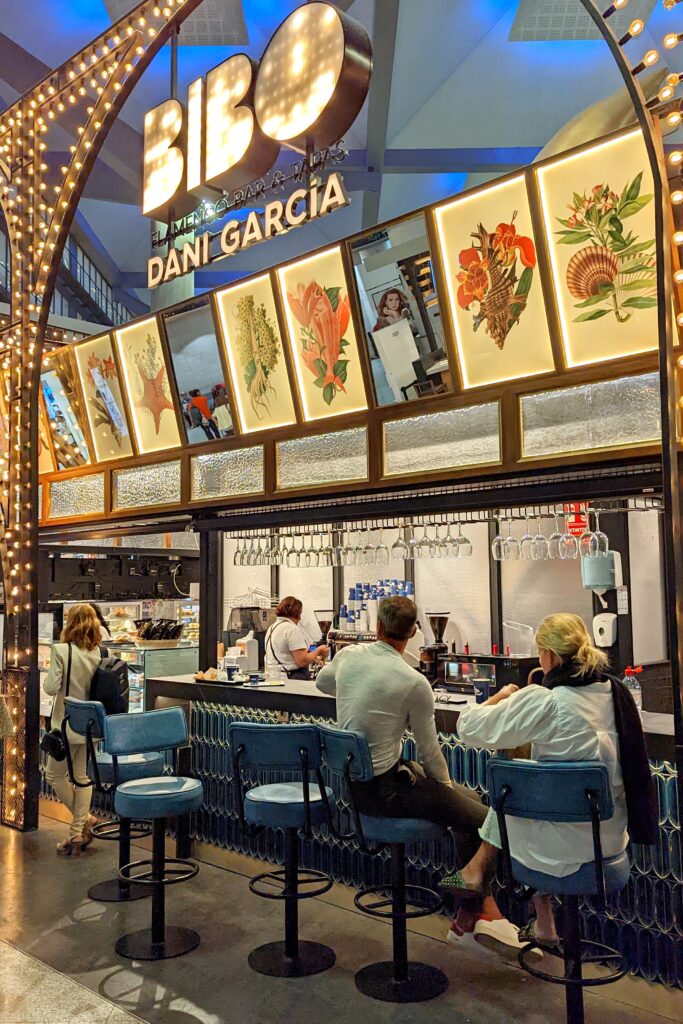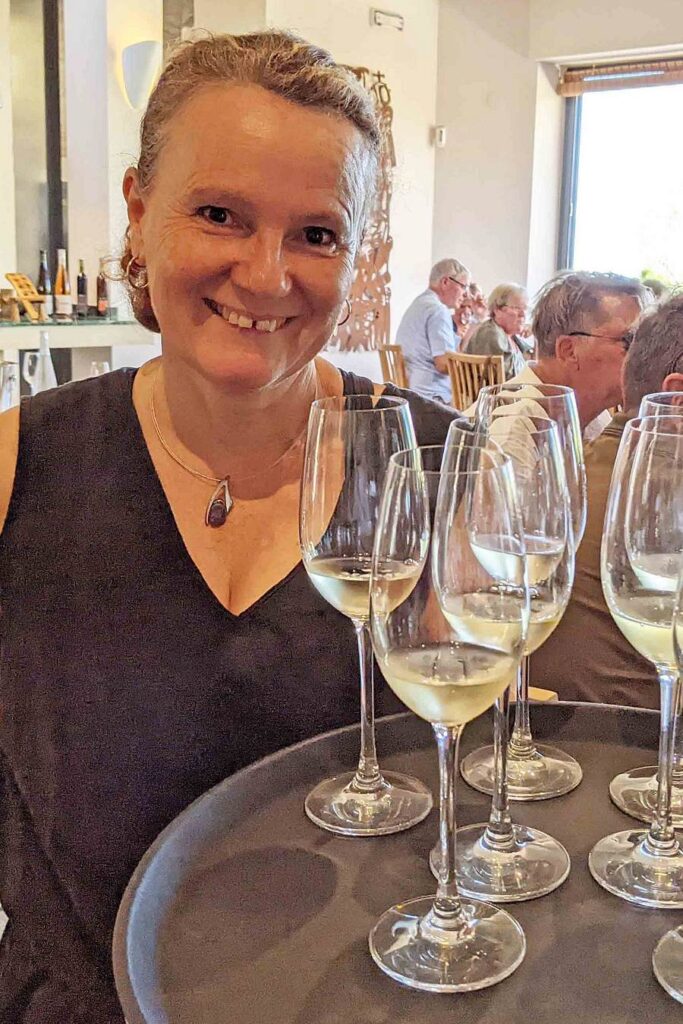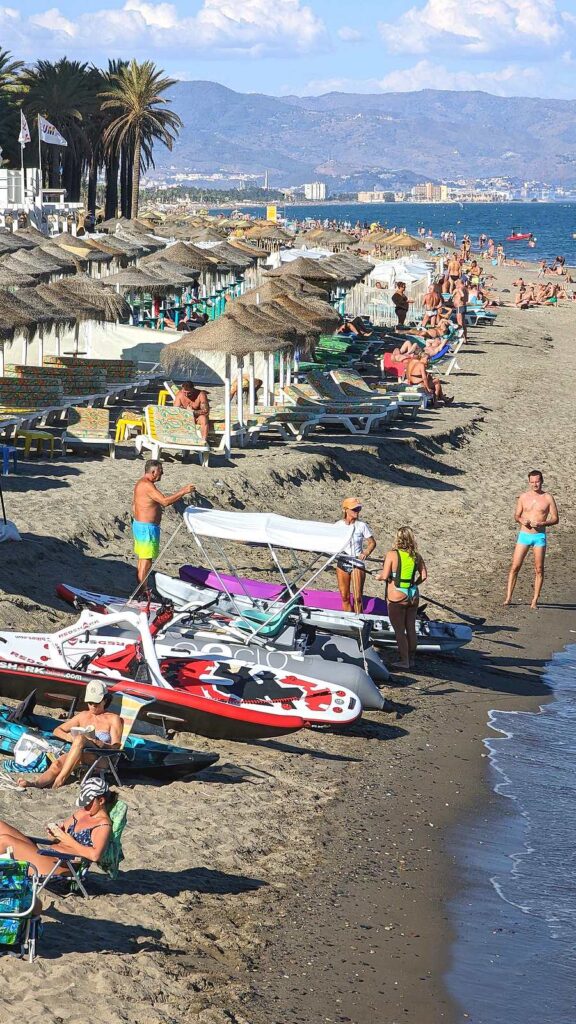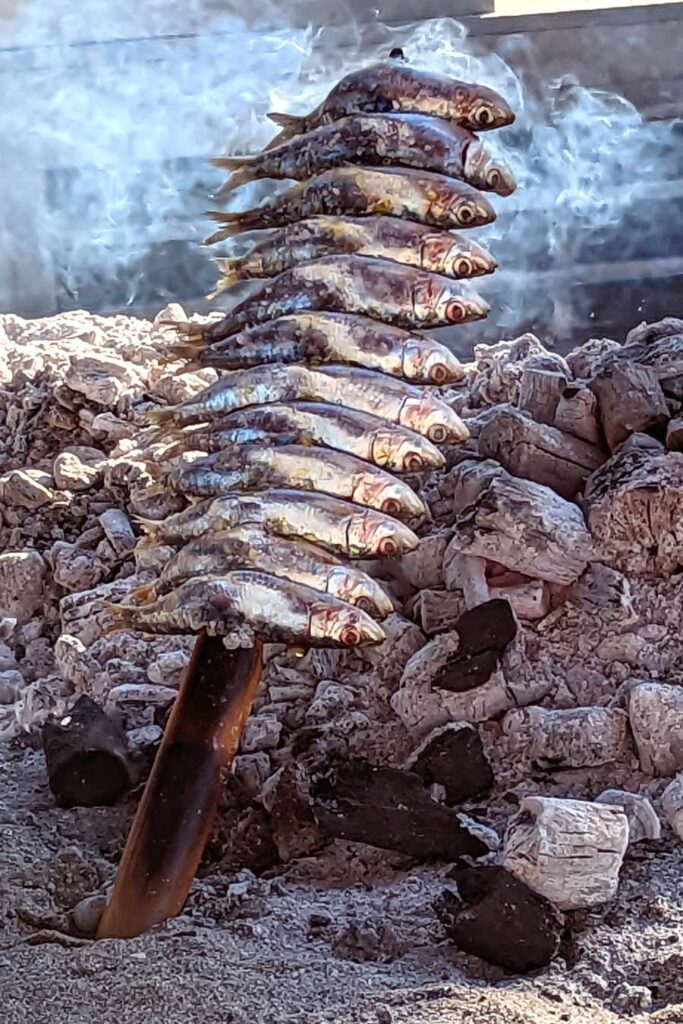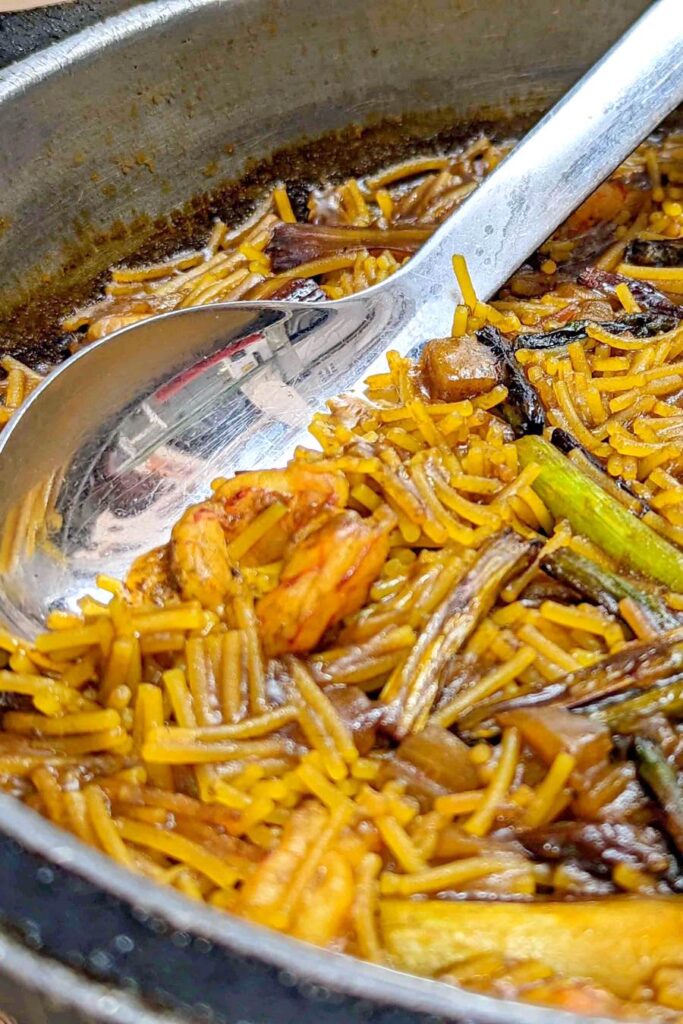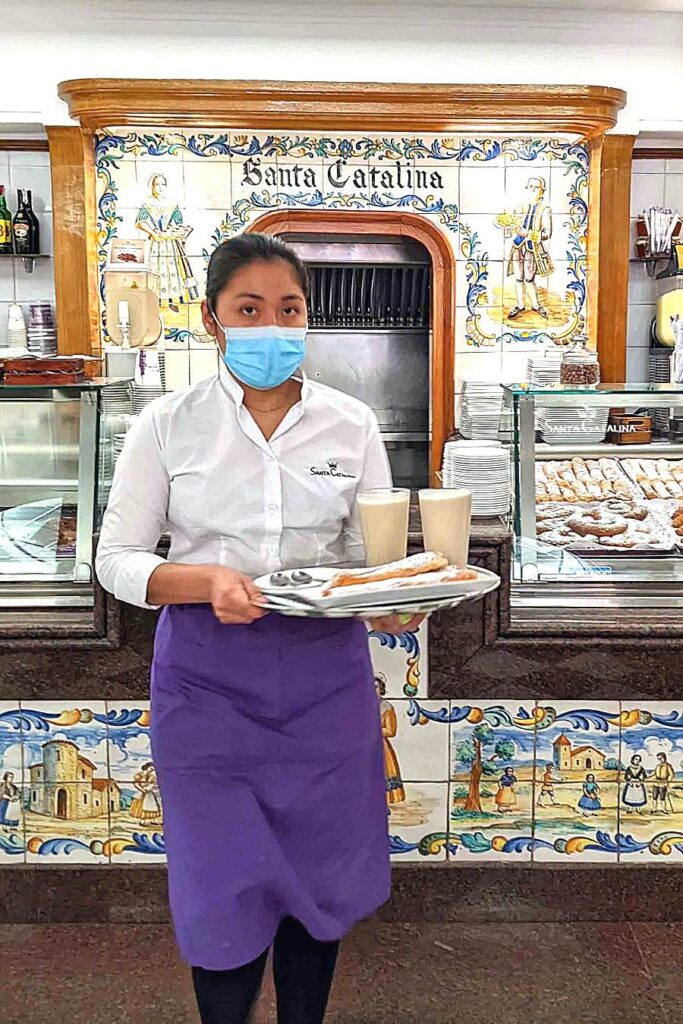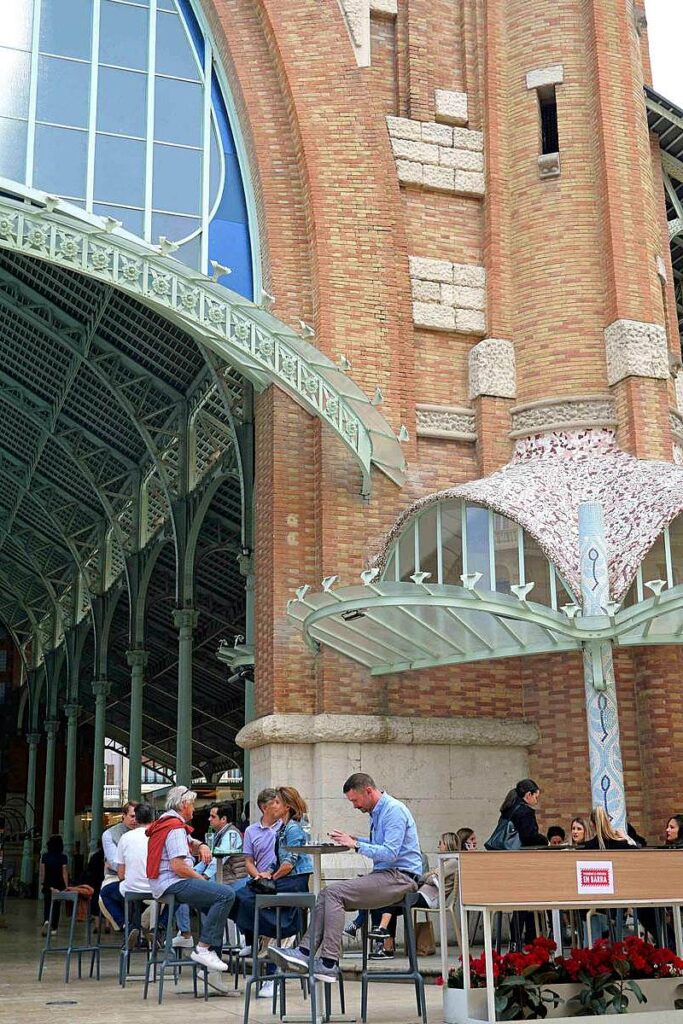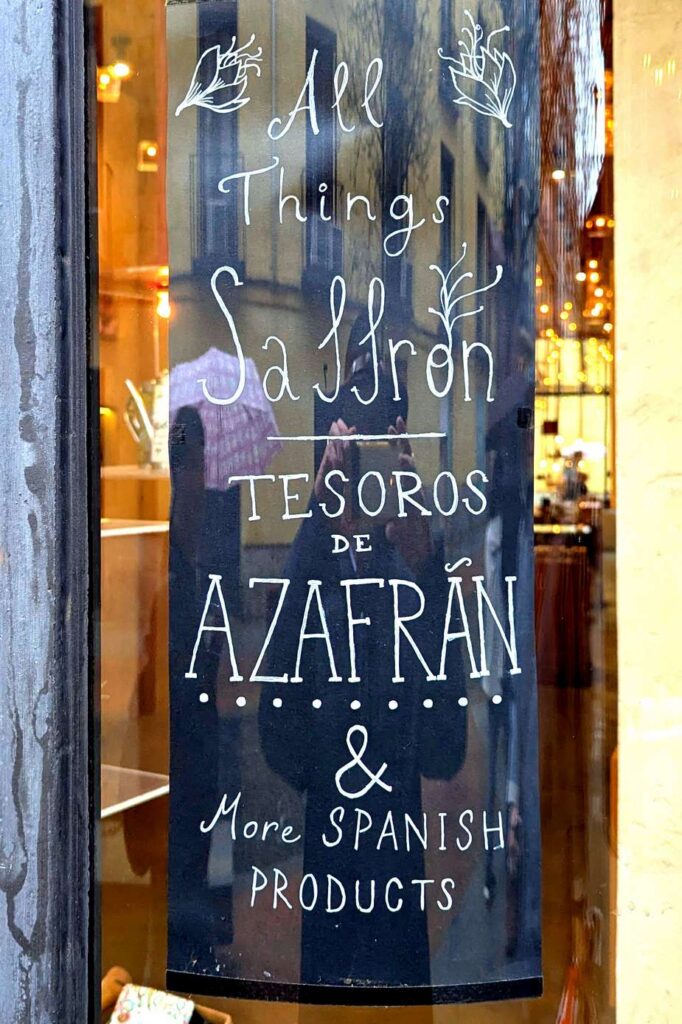
Saffron, Spain’s gastronomic gold, shines at La Melguiza
Ask Spaniards where the world's best saffron comes from and they'll proudly tell you Spain. Ask David Saenz Condado and he'll tell you why. Saenz is the proprietor of a smart little Madrid boutique called La Melguiza (c/de Santiago, 12; +34 91-547-9323, lamelguiza.es). Just a block and a half from the Mercado San Miguel off Plaza Mayor, the shop promises ‶tesoros de azafrán.″ It delivers those treasures in spades with containers of saffron as well as saffron honey, saffron chocolate, saffron hard candies, and saffron body products. (The shop also offers sweet, smoked, and hot Spanish paprikas.) For the uninitiated, saffron is the world's most expensive spice. It consists of the dried stigmas of the fall-blooming flower of crocus sativa. Fortunately, only a few threads...Read More
